-India is indeed a beautiful amalgamation of history and culture. It cannot be popular without the mysterious secrets of history! With the rule of British, history notices the formation of various underground tunnels in India. Isn’t it amazing to discover a tunnel standing right in front of the iconic Indian monuments? These unexplored tunnels serve to be a great treasure to the heritage lovers. Moreover, they probably encompass stories of dark, despair, mystery and wars. You might never know the factual reasons behind the construction of certain tunnels. However, and studies of archaeologists or historians could throw assumptions. Well, that is the beauty of historic mysteries!
Delhi Legislative Assembly
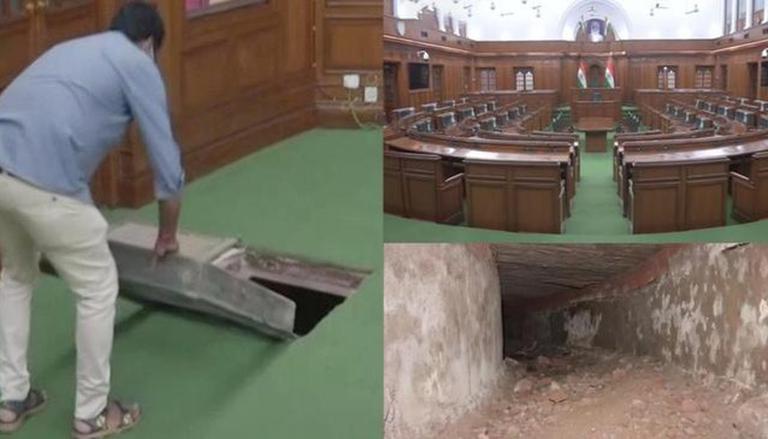
Who knew the Legislative Assembly of Delhi would have one of the hidden underground tunnels of India? It happens to be the tunnel with great historic significance as it connects to the Red Fort. The Government of India claims to know about the presence of such a tunnel however, it remained unopened. The secret tunnel highlights the history of the British era. The place reflects the iconic history and pays tribute to the freedom fighters of India. What lies within still remains a mystery!
National Library of Kolkata

Kolkata lies at the heart of heritage lovers as the city holds some of the prominent monuments of India. One happens to be the 250-year-old, National library of Kolkata. The library gains popularity with the stories of a hidden room inside it! Built by the Nawab of Bengal, the library attracted archaeologists from around the country. The British had built this tunnel as an escape route. Some theories even suggest that this was a pre-independence torture room. However, soon enough these stories were debunked.
Talatal Ghar, Assam

Wouldn’t it amaze you if one secret tunnel can directly connect you to a river or a palace? Talatal Ghar holds prominence in the subject of secrets of Indian history. This army base was built in the 18th century with two underground tunnels. The tunnels were specifically curated escape routes for Kings, during wars. During the Ahom wars, the 3 Km long tunnel connected to the Dhikow river and the 16 Km tunnel was an escape route directly to the Garhagaon palace. The tunnels are approximately 3 floors below the ground level. A 2015 survey suggested no existence of a secret tunnel. However there was no final conclusion on the same.
Charminar, Hyderabad
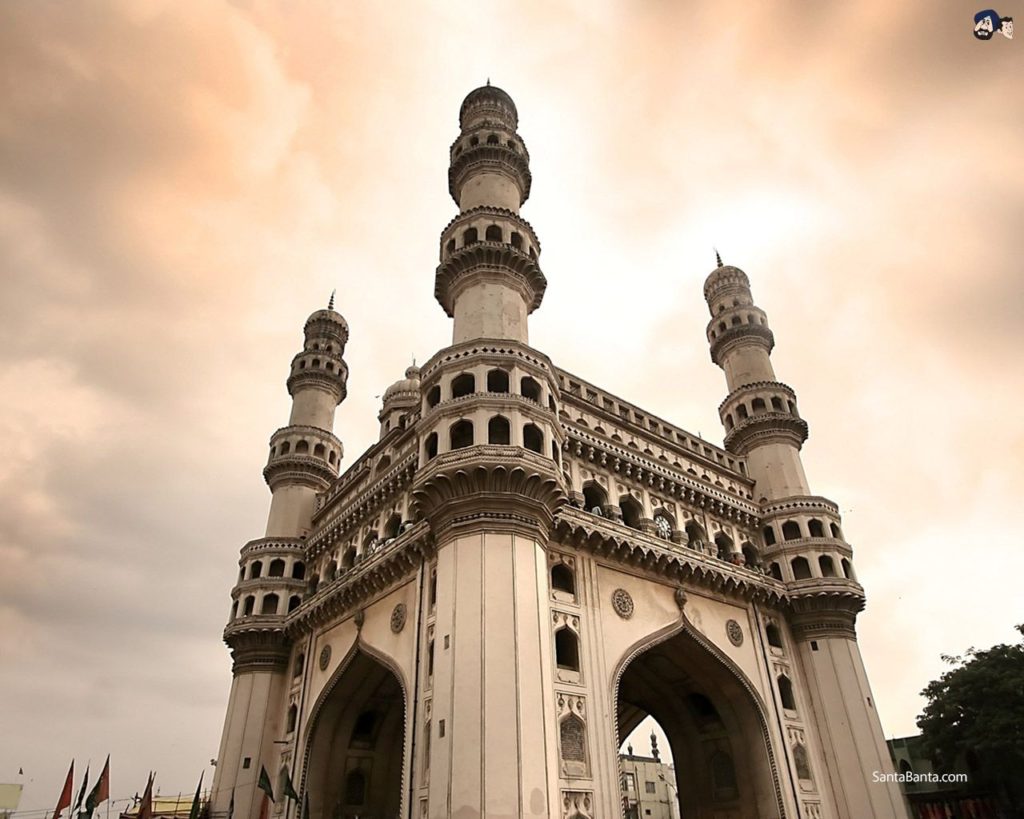
Hyderabad city has its unique historic significance due to the rule of Mughals. The Mughals brought along construction of iconic monuments with eye-catching architecture that attracts tourists, even today. There have been several theories that possibly claim presence of various tunnels between the famous Charminar to the Golconda Fort. Moreover, there are speculations about a 9 km escape route that was also created. Additionally, two new archways had been found in 2015. Since they were left unattended it led to their destruction. Locals of old Hyderabad firmly believe in the presence of unexplored tunnels between the two monuments of Indian heritage.
General Post Office, Mumbai
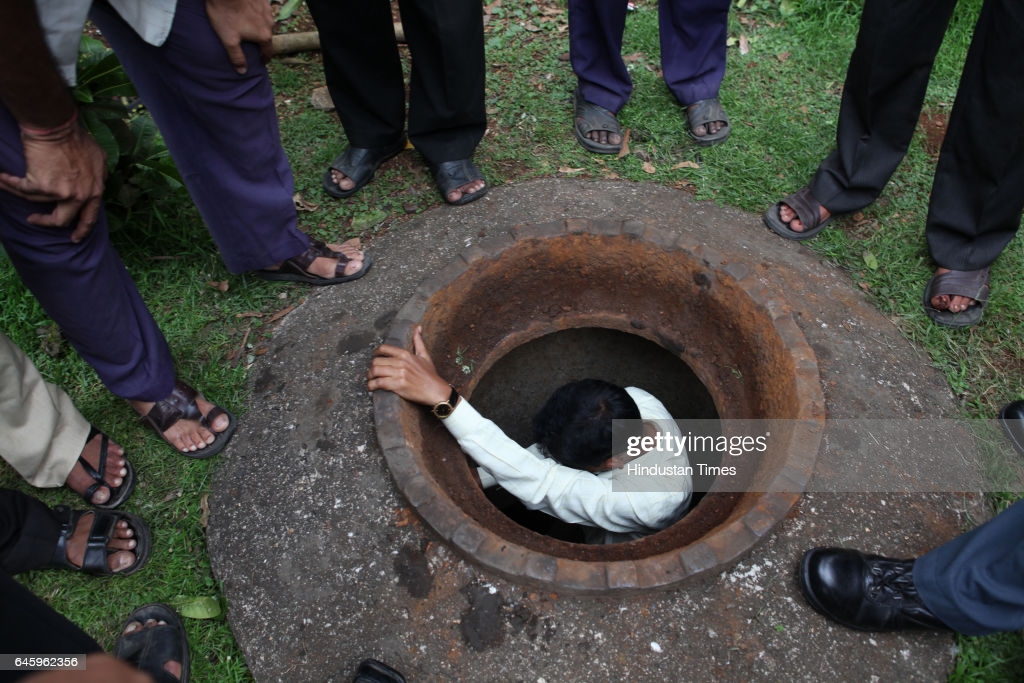
One the most important Governmental structures holds an iconic history of a secret tunnel. An old tunnel was discovered in the garden of the General Post Office building. The route was muddy but the absence of foul smell proved it wasn’t a drainage system. Legend has it, the tunnel was an escape route during the wars with Napolean. It also had a rusty ladder that lead to a way which was easily walkable.
Amritsar
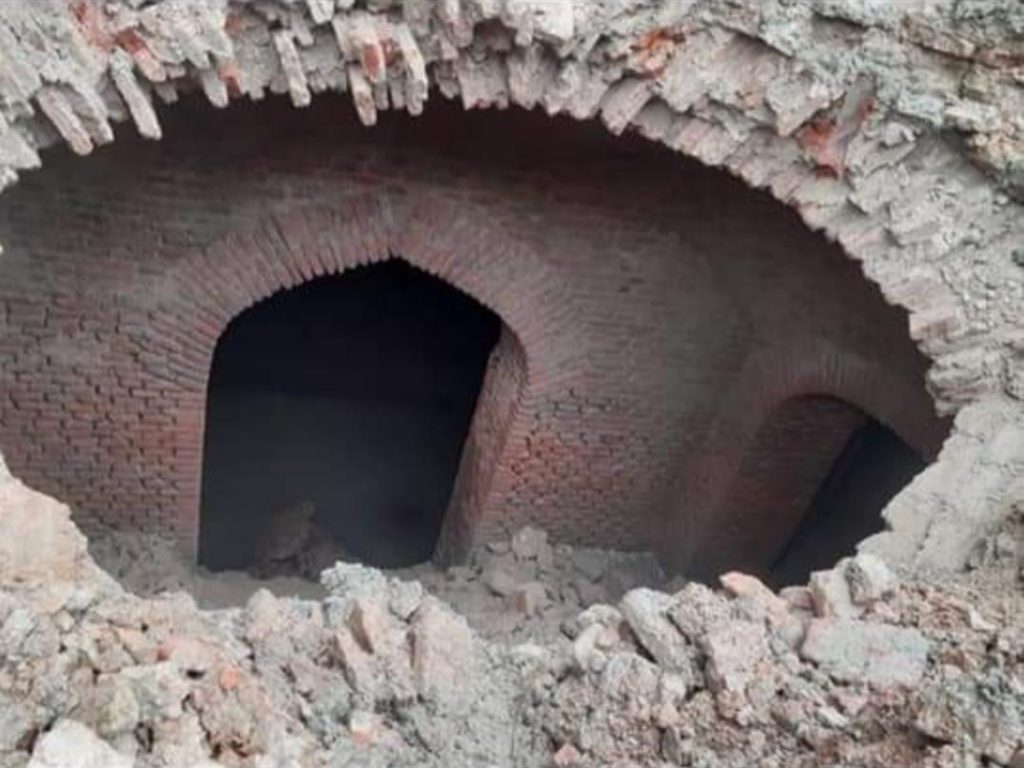
In the talks of secret tunnels, Amritsar remains under the cover. The city has significant war history of unexplored tunnels where a different world exists! Some underground tunnels have been more than 400 years old. The book, Tawarikh Lahore-Amritsar, mentions about the presence of more than two dozen tunnels in the city. In 1990 an underground tunnel had been discovered in a Katra Bhagian mansion. However, the Archaeological Survey of India ordered to demolish it. Similarly, in 2006 a 5.5 feet wide tunnel had been discovered. Then, locals filled it with cement. Further, Guru Hargobind Sahib’s escape route had been found. It went right from his fort to the Golden Temple but remains unexplored. Noatbly, Amritsar has some more historically significant tunnels yet to be discovered.
Amber Palace, Jaipur
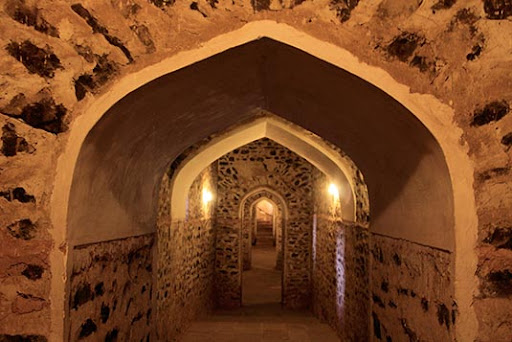
Jaipur has been successful to create one of the secret tunnels, a tourist attraction for the heritage lovers out there! Amber palace in Jaipur remarks history and reflects the historic significance with an open air tunnel. The tunnel connects the Jaigarh Fort to the main city. It is 325 meters long and is open for tourists to explore. The tunnel significantly old. In the 18th century the royal family used it as an escape route. The tunnel has been open to public since 2011 to boost tourism.
Sri Padmanabhaswamy Temple, Kerala

What if you get to know something as astonishing as the existence of deep secrets in the most sacred temple of South India? Padmanabhaswamy temple is an extremely popular tourist destination in Thiruvananthapuram. This temple has six hidden vaults. One of the secrets of Indian history was the discovery of gold worth 22 billion dollars! The vaults were hiding golden elephants, jewelry and idols. Even in today’s times, a chamber in the temple exists however it is unexplored. People believe that the chamber will unleash natural calamities if humans try to open it. Nobody knows if the chamber leads to unexplored tunnels or holds the biggest historic secret of the world!
Red Fort, Delhi

Forts in India naturally gain huge historic significance due to their structure, architecture and the unimaginable endurance. Shah Jahan constructed The Red fort in the 17th century. This fort holds the key to various secrets of Indian history. The Archeological Survey of India discovered a chamber here. The Mughals used this chamber to keep arms and ammunitions hidden. This was one of the common occurrence as the Mughals built various store rooms for their weapons in the British era.
St Georges Hospital, Mumbai

One of the most unheard stories lie in the city of dreams, Mumbai. At St. Georges Hospital, the staff discovered a 1.5 km long underground tunnel. It happens to be of great historic significance as the tunnel connects to the Gateway of India, Blue Gate and Churchgate. Apparently, this tunnel was a passage for soldiers and ammunition. Furthermore, it was also an escape route during wars. In today’s time, this underground tunnel is full of sea water and muck where the reporters could not go beyond certain meters. However, an important part of history lays within the soil of Mumbai.
The country holds unique information about the unexplored tunnels. However, as per popular belief there are some more unexplored underground tunnels. Heritage lovers, it is indeed a pride to discover a significant part of history right beneath the soil you walk on!
Also read : Explore: 7 Hidden Street Art In India
Follow India Chalk on Instagram for more amazing travel content. You can share your travel story with us. Reach out to us on email at contact[at]ndiachalk[dot]com. This blog is curated by India Chalk and written by Riya Jogi.

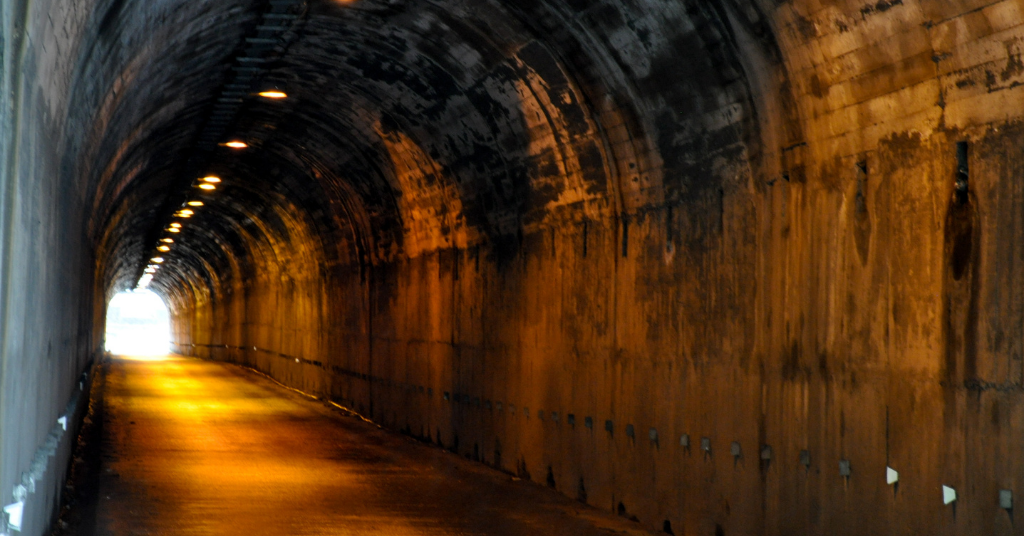




2 Comments